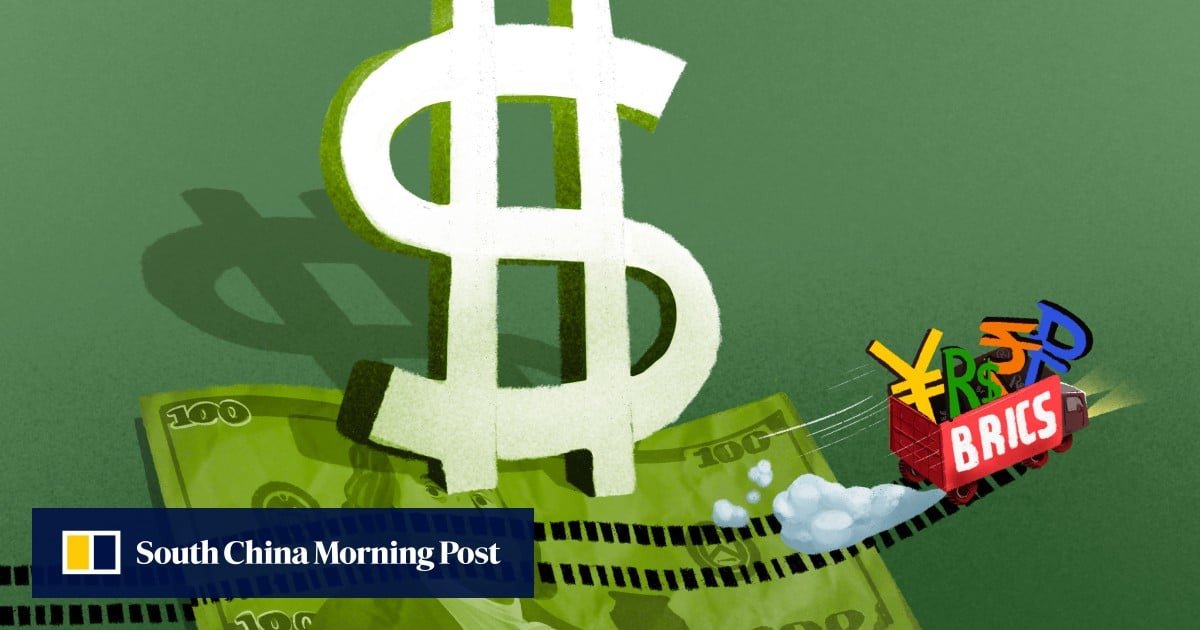What’s going on here?
Latin American currencies, including Brazil’s real and Mexico’s peso, are feeling the heat as economic uncertainties, intensified by China’s fiscal stimulus news, make waves in the region.
What does this mean?
Global markets are on edge with anticipation of China’s fiscal maneuvers, and Latin America is feeling the aftershocks. Brazil’s real has dropped over 1% to a one-month low, influenced by falling iron ore prices. This unexpected drop contrasts with July’s booming services sector, now losing steam. Brazil’s central bank is responding by rolling over $15.5 billion in currency swaps set to expire. Meanwhile, Mexico’s peso holds steady but faces potential weekly losses, with inflation cooling possibly leading Banxico to cut rates soon. Peru’s sol fell 1% but stabilized after its central bank kept interest rates at 5.25%. Overall, the MSCI Latin American currencies index fell 0.4% against the US dollar, highlighting regional instability amid global jitters.
Why should I care?
For markets: Currencies in a tailspin.
Investors in Latin America are on alert as currencies react to global fiscal moves and local economic cues. In Brazil, the Bovespa index and broader stocks are dipping as real’s decline fuels uncertainty. In Mexico, potential rate cuts due to easing inflation could sway the peso’s path, underscoring the need for investor vigilance.
The bigger picture: China’s echo across continents.
China’s fiscal choices have global ripples, particularly impacting commodity-based economies like Brazil and oil-reliant exporters such as Mexico. As China gears up for economic intervention, Latin American nations brace for the resulting currency weakness and market volatility, challenging stability and long-term growth ambitions.







